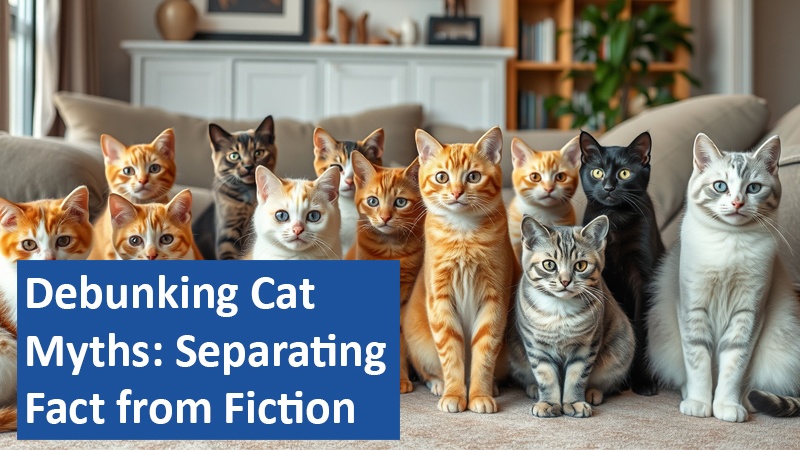
Cats have long been subjects of fascination and misconception. A recent article from Petbook.de examines common myths about our feline friends, shedding light on what’s true and what’s merely tale.
######################################################
Now exclusively try Amazon Prime and Prime Video free for 30 days!
##########################################################
The Truth Behind Feline Legends
Contrary to popular belief, cats don’t always land on their feet. While they possess an impressive “righting reflex,” falls can still result in injuries. The notion of cats having nine lives is purely mythical, originating from their agility and ability to survive precarious situations. Many believe cats are colorblind, seeing only in black and white. In reality, cats can perceive colors, albeit less vividly than humans. Their vision is similar to that of a person with red-green color blindness.
Social Behaviors and Care
The stereotype of cats as aloof and antisocial is largely unfounded. While personalities vary, many cats form strong bonds with their owners and even other felines. Some breeds are particularly social, thriving on human interaction. Contrary to the myth of cats being low-maintenance pets, they require significant care and attention. Regular interaction, proper nutrition, and mental stimulation are crucial for their well-being. Providing a stimulating environment can help prevent boredom and stress, leading to a healthier and happier cat.
Health and Dietary Considerations
The image of cats contentedly lapping up milk is misleading. Most adult cats are lactose intolerant, making cow’s milk potentially harmful. Water remains the best drink for felines. It’s also a misconception that cats only purr when happy. While purring often indicates contentment, cats may also purr when stressed, in pain, or even during illness. Understanding these nuances can help cat owners provide better care and recognize potential health issues early on.
Common Misconceptions and Their Impact
Debunking these myths enhances our understanding of cats and improves their care. By recognizing that cats are not solitary animals and require social interaction, owners can foster stronger bonds with their pets. Additionally, dispelling dietary misconceptions can prevent unnecessary health issues. As we continue to learn more about these enigmatic creatures, it becomes clear that many popular beliefs about cats are more myth than reality.
Understanding these facts helps dispel common misconceptions about cats, leading to better care and stronger bonds between felines and their human companions. As we continue to learn more about these enigmatic creatures, it’s clear that many popular beliefs about cats are more myth than reality.
What surprising facts have you learned about your feline friends? Share your experiences in the comments below!
Based on content from www.petbook.de and additional research.